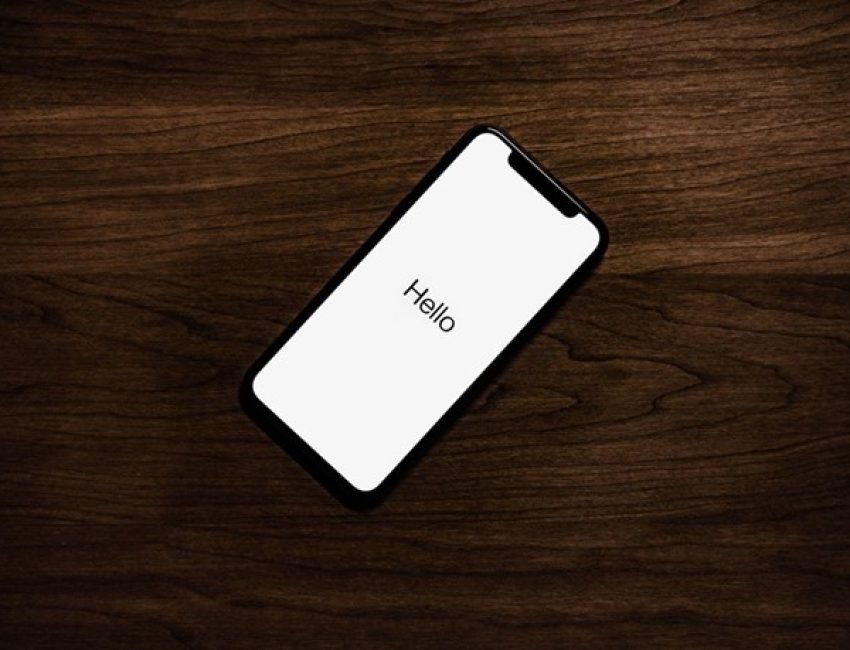When creating content, you have to hook your readers — which is to say, you have to give them a reason to want to keep reading. This can be difficult when attention spans on the internet are so fleeting. 55% of readers of online articles will only read the article for 15 seconds at most. That doesn’t leave you much time to hook them.
Fortunately, you can put a lot of power into your first few sentences. Here are our tips for crafting the perfect introduction for your blog, whitepaper, or other written content.
Don’t Bury the Lede
This is something that comes up often in journalism. You may want to give the background context before you get to the point so that it makes sense to your readers. However, you really need to express the point of the content as soon as possible in your intro. Your first sentence, or your first paragraph at the very least, should tell readers exactly why they’re reading.
For instance, in the first sentence of our intro, we stated that it’s important to “hook” your readers. That’s the “lede,” a summary of the entire article. College students might think of it as a “thesis statement.” You can then back up your lede with data and other informative context in the rest of the intro or throughout the content.
Use Data For Authority
Readers will be wary of bold statements that have no basis in reality. Thus, when you make a bold claim, be ready to back it up. Add data such as statistics or recent studies to show the validity and authority of your claim. Concrete numbers are also more likely to draw readers in and show them the urgency of the situation.
If you see that only 45% of readers will give your article more than a 15-second chance, you know that it’s important to craft a strong introduction. That induces you to keep reading. You can use that same principle with your content and your readers.
Present a Problem
Your readers have an issue that led them to a particular online search and eventually to your content. You may have the solution. Presenting that problem in the introduction of your content can assure them that they came to the right place and that you understand their needs.
Consider asking a question or relating a common story of a problem your readers might face. At the end of your introductory paragraph, pitch yourself as the solution to that problem, the answer to the question. You can then spend the rest of the content explaining why that is the case.
Start General, Then Go Specific
Although you want to back it up, there’s nothing wrong with beginning your introduction with a broad, general statement. In fact, that can be a great way to relate to as many readers as possible or to create an engaging hook. You build authority by backing that up with specifics as the introduction goes on.
Begin to dip into the reason for that generalization or some of the nuance, but don’t explain it all right away. Remember that you need to give your readers a reason to stay with you. Just tease a bit of the specific information you have throughout the rest of the piece.
Put Yourself in the Reader’s Shoes
Are you worried that your introduction isn’t relevant or engaging enough to your readers? Try putting yourself in their shoes. Imagine that you are facing their problem. Imagine, too, that you have a busy day, a dozen different things vying for your attention and only so much energy that you can dedicate to a piece of online content like a blog. You’re interested in the information the blog might have, but you don’t want to waste your time. What would turn you off? And what would drive you to keep reading?
This may help you to cut fluff from your introduction. As you read it back from the perspective of your readers, you’ll notice the parts that seem extraneous, and you will be able to cut them out more easily.
Answer the 5 Ws
Who, what, when, where, and why? These are all essential questions that should be answered in your introduction — and you may want to throw in a how for good measure. Again, you don’t have to go into detail. That’s what the rest of your content is for. But you should briefly touch on the answers to these questions or allude that you will discuss the answers throughout the rest of the content. This is, after all, what your readers came for.


